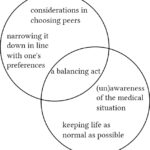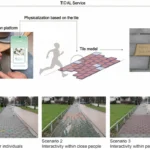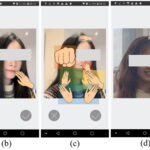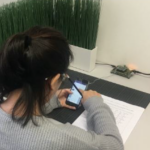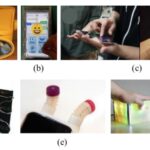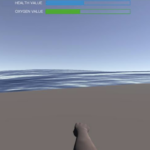by Shanshan Chen et al.
Sleep diaries are essential self-reporting tools for understanding children’s sleep patterns, but maintaining sustained engagement and high-quality self-reporting remains challenging. While voice input has been explored in child-computer interaction research as a method to improve engagement, limited evidence exists regarding its effectiveness in supporting sustained self-reporting over time. To address this gap, we conducted a five-day field study with 20 children aged seven to twelve, using a multimodal sleep diary that integrated both voice and text input modalities. Our findings reveal that voice input significantly supports younger children in maintaining engagement over five days, though their response quality remains lower than that of older children. Two distinct response quality patterns over time also emphasize the importance of accounting for individual differences in task performance. Furthermore, input modality preferences varied by age: older children consistently favored text input, while younger children generally preferred voice input over time. These results highlight the potential of incorporating voice input into text-based sleep diaries to better accommodate the diverse needs of children, enhancing both sustained engagement and response quality. Future studies with longer observation periods are needed to validate and extend these findings.



